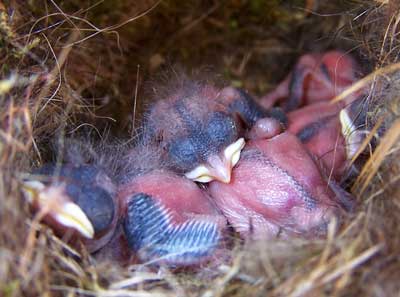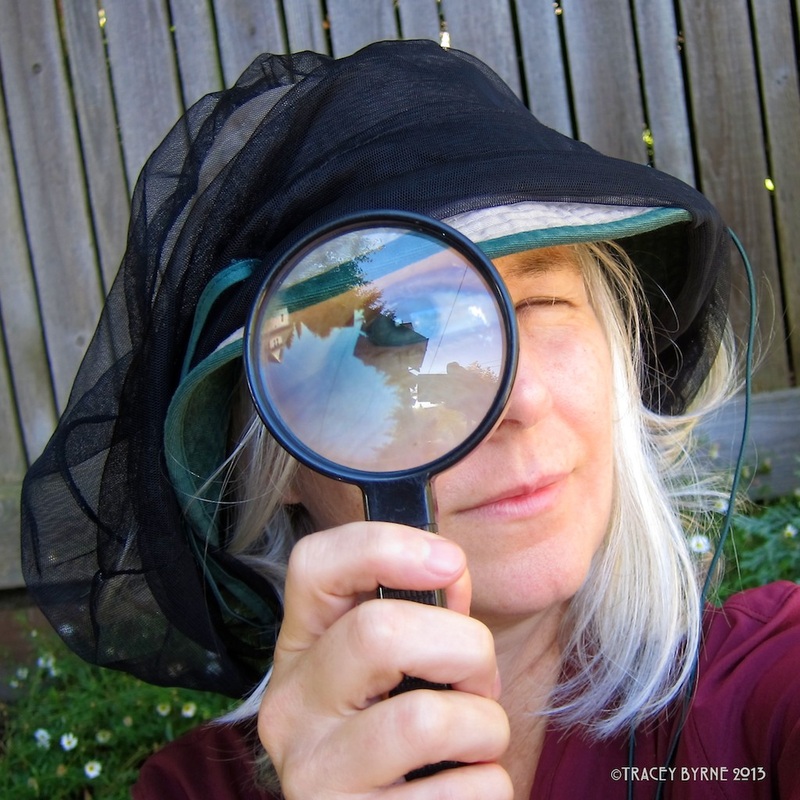Ah yes, spring! One of the questions many people have is how exactly do birds make babies?
Bird sex: to begin--most male birds do not have a penis
There are almost 10,000 species of birds and only around 3% have a penis. All of our male songbirds, eagles, hawks, gulls, cranes, owls, pigeons, hummingbirds and woodpeckers do not have a penis. Flamingos, penguins, and albatrosses have also completely lost their penises. Birds with penises include ducks, geese and swans, and large flightless birds like ostriches and emus.
In the kingdom of aves, 97% of male and female birds have what's known as a cloaca; the cloaca is a multipurpose internal chamber that ends in an opening used for discharging sperm or eggs. It is the only opening for the digestive, reproductive, and urinary tracts.
Springtime antics of songbird mating may include the male showing off his clever dance moves, singing repertoire, and feather displays, along with loop-de-loops, gifts of food or trinkets, and general lovebird tom-foolery. If the female is receptive, eventually she will land, shift her tail feathers to the side, and the male bird will swoop in for a swift tail-to-tail "kiss" as their swollen cloaca bump together for the transfer of sperm (above photo). If you have ever been lucky enough to witness the cloacal kiss, you know that if you blink you will miss it.
Our backyard birdhouses have housed many families of songbirds over the last 20 years, and this year we have a birdhouse full of tiny chickadees. YAY!
Kristen Martyn, from Wild Birds Unlimited reported that "Research by Doug Tallajmy (entomologist at the University of Delaware) found that one pair of chickadees delivered food once every 3 minutes to their nest. Estimating that they forage during the hours of 6 am- 8 pm (entirely realistic during nesting season) means they make approximately 390-570 trips with insects to the nest each day. Hatchlings are in the nest for approximately 14-18 days. This number does not include the insects required once the young ones fledge, but are still cared for by their parents for another 1-2 weeks." That is a lot of worms, bugs, berries, and seeds! No wonder the parent birds are looking raggedy.
I am guessing that our nestlings are almost two weeks old, as we can see their tiny black heads as they peek out of the birdhouse. They will be fledging soon.
Chickadees prefer a home that is 65% shaded and has an unobstructed flight path to the entrance.






 RSS Feed
RSS Feed
